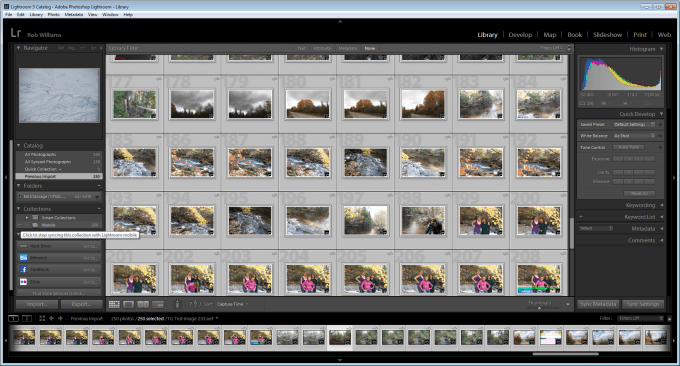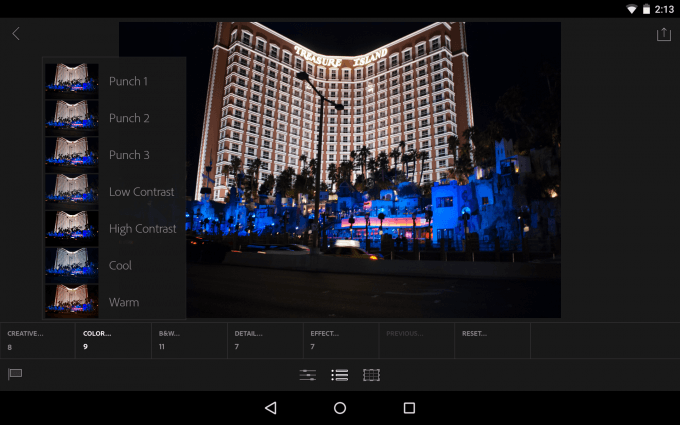- Qualcomm Launches Snapdragon 4 Gen 2 Mobile Platform
- AMD Launches Ryzen PRO 7000 Series Mobile & Desktop Platform
- Intel Launches Sleek Single-Slot Arc Pro A60 Workstation Graphics Card
- NVIDIA Announces Latest Ada Lovelace Additions: GeForce RTX 4060 Ti & RTX 4060
- Maxon Redshift With AMD Radeon GPU Rendering Support Now Available
Adobe Finally Brings Lightroom Mobile To Android
Given the mobile releases we’ve seen from Adobe these past few years, it’s felt like the company hasn’t cared too much about Android at all. This past October, I took an in-depth look at the mobile apps that came with Creative Cloud’s latest major update – not a single one of them were being made available for Android. When you consider the fact that Lightroom – Lightroom – hadn’t even made the transition yet, it sure didn’t come as a surprise.
Alright – I admit I’m a little bitter as I’m an Android user, and not an iOS user. Today, I have one less reason to complain, as Adobe has finally ported its popular Lightroom app to the OS, and fortunately, it’s ultimately no different from the iOS version.
Alongside today’s release of Lightroom for Android comes an update for Lightroom’s Windows and OS X versions, as well, to add mobile syncing to the mix. Inside of Lightroom, you can simply click a little icon to the left of one of your collections to sync it with mobile, as you can see in the shot below.
Depending on a few different factors, it could take a few minutes to sync up with the mobile version, or tens of minutes (or perhaps even hours). It took me about 15 minutes to sync about 250 images at 10 megapixels a piece.
It’s important to note that Adobe isn’t a cloud service, so it doesn’t store these images. Instead, it simply acts as the middleman for scraping images on your PC or Mac to put them on your phone. In order to be as mild on your phone’s storage as possible, duplicates of your RAW images are created at about 10% the original file size to be sent downstream. So, in effect, you’ll always be working with crippled files, but you won’t really notice. Once changes are made, they’re sent back upstream back to your computer with all of the settings intact.
Unfortunately, a byproduct of Adobe’s devotion to Apple is that Lightroom for Android completely ignores an installed microSD card. Despite me having a 64GB card plugged into my device, all of the images were downloaded direct to the internal storage. If you have sufficient storage, this isn’t much of an issue, but if you want to bring many photos with you, it could pose a problem. You should expect every image to take at least 2MB on your phone.
I hate to keep ranting, but another limitation of Lightroom for Android is that it doesn’t currently support tablets, even though it could. I had pre-access to the app, so I was able to install it on my SHIELD Tablet, which is how the screenshot above was generated. While the UI isn’t optimized for tablets, it still looks good, and works just fine. I hope that means that either an official tablet version is en route, or future updates will be made to properly support tablets with the mainline app.
All of those rants and bits of information aside, all of my testing with Lightroom for Android went very well, and I am pleased with the result overall. The faster the device, the better: come prepared with at least a quad-core clocked at around 1.7GHz (ARMv7), as well as 1GB of RAM. Android 4.3 and up is supported.
Because Lightroom’s mobile counterpart makes use of syncing, you’ll need a Creative Cloud subscription in order to make use of this app. But, if you’re invested already, Lightroom mobile is a great addition.






